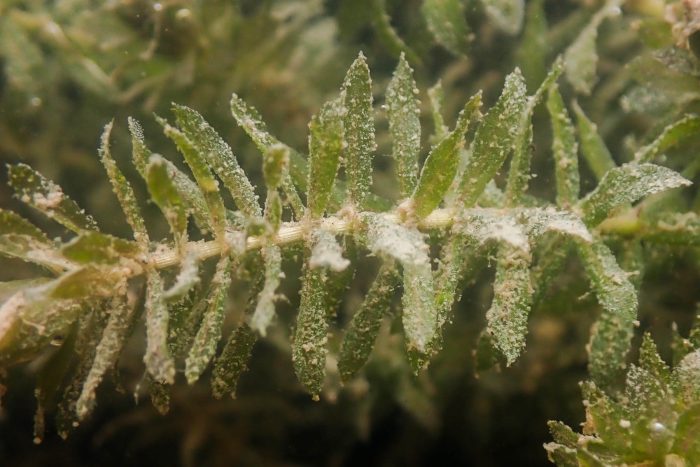Hydrilla
Hydrilla verticillata
Hydrilla is a nonnative underwater grass that grows in freshwater portions of the Chesapeake Bay and most of its tributaries. It has long, branching stems with small, straight or lance-shaped leaves.

